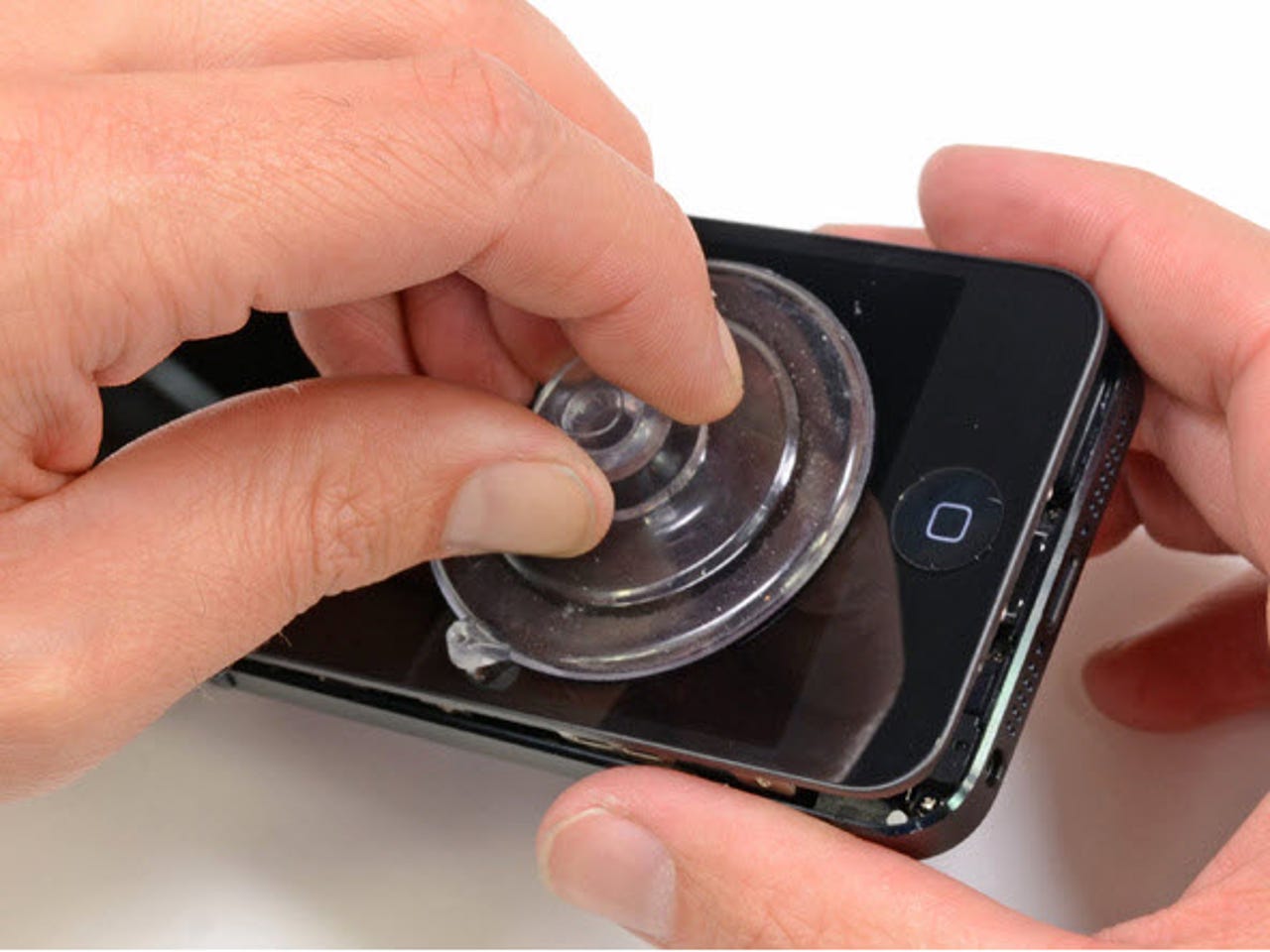iPhone 5 teardown highlights

The iPhone 5 has landed, and boxes containing the new handset have started landing on people's doorsteps in a number of time zones. One unfortunate iPhone 5 fell into the hands on repair specialists iFixit who did what they always do when they get their hands on new hardware -- they tear it apart!
Teardowns of Apple products are particularly interesting because they give us an insight into how the Cupertino giant manages to cram so much hardware into such a little space, and the iPhone 5 teardown is no different.
The first, and possibly most interesting "find" of the teardown was discovering how easy it is to open up the iPhone 5 to swap out the screen or replace the battery. There had been fears that because there was no removable back on the new handset, combined with the fact that the screen was so much thinner than previously, that removing the screen would be a nightmare of shattered glass. In fact, it's very easy. Open two screws -- those dreaded pentalobe screws -- and then ease the screen up with a suction cup.
Simple.

Another interesting find from the teardown is that while Apple has added a lot of new hardware to the iPhone -- 4G LTE, larger screen, faster processor, and so on -- the battery is not much bigger than that found in the iPhone 4S. The new battery is a 3.8V, 5.45Wh, or 1440mAh unit, while the battery in the iPhone 4S was 3.7V, 5.3Wh, holding a capacity of 1432mAh.
The new battery is manufactured by Sony.
Then there's the totally redesigned logic board featuring a whole host of silicon goodness, including:
STMicroelectronics LIS331DLH (2233/DSH/GFGHA) three-axis linear accelerometer (shown in the red box)
Texas Instruments 27C245I touch screen SoC (shown in the orange box)
Broadcom BCM5976 touchscreen controller (shown in the yellow box)
Apple A6 processor (shown in the cyan box)
Qualcomm MDM9615M LTE modem (shown in the blue box)
RTR8600 Multi-band/mode RF transceiver, identical to the one found in the Samsung Galaxy S III (shown in the pink box)
It's interesting to note that Apple has split the touchscreen duties between two chips in the iPhone 5, just like it does in the iPad. It seems that the bigger screen needs more hardware to control it.
iFixit have given Apple's flagship handset a repairability score of 7 out of a possible ten (where ten is easiest to repair). This is much more favorable than the 6 out of ten that the iPhone 4S scored, of the dismal 2 out of ten scored by the iPad 3.
Image source: iFixit.